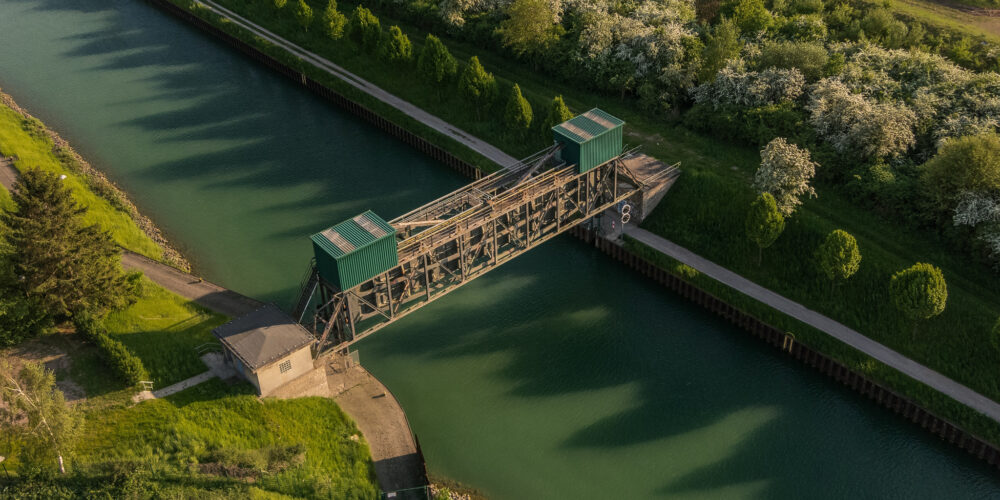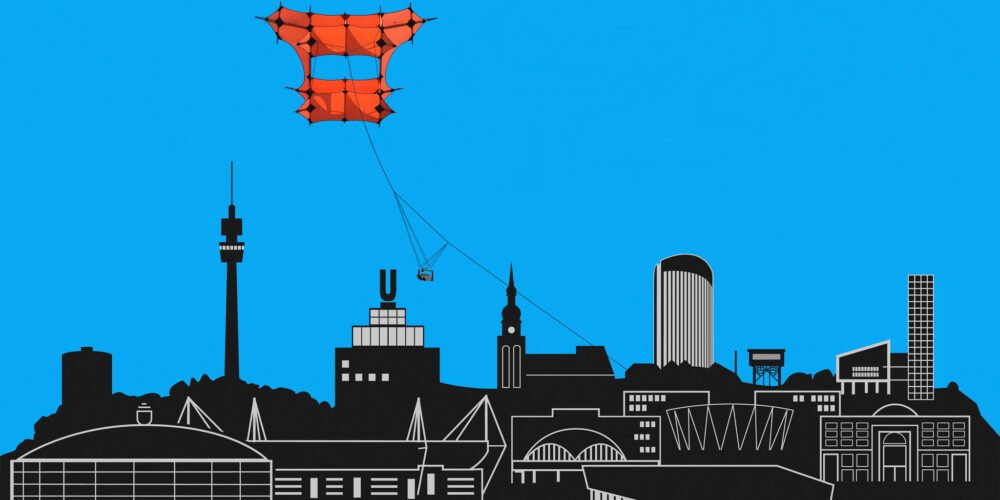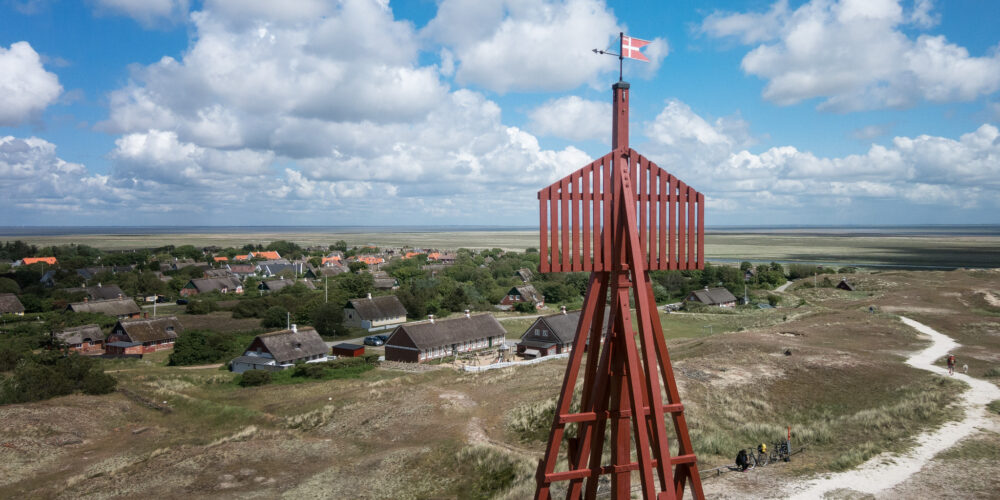French Aerial Photography Unit
The military use of aerial photography can be seen in a video showing French soldiers in the First World War.
In this day and age, of course, everything has become a little easier with the use of modern techniques that can be had at an affordable price:
the image section can be checked by means of video transmission and the camera mount can be positioned accordingly by RC, the digital camera can be triggered by remote control, the number of shots is determined only by the power of the camera battery and the size of the memory card, the increased performance of the kites made of modern material allows them to be climbed in almost all (wind) conditions.
On the following pages I will discuss the technique and the necessary equipment and show some shots.
Historical

In May 1888, Arthur Batut (1846-1918) took the first of 2 photographs that he sent to Gaston Tissander in August of that year. With this aerial photograph of Labruguière, Tarn, France, Batut proved that he had solved 2 problems: to adjust the weight of the camera to the lifting power of the kite and to release the camera remotely. In doing so, he took the first known aerial kite photograph and for this and his continuing development of the technique, he is known as the father of aerial kite photography.
He built a lightweight camera using a 9×12 cm glass plate. The camera hung in a wooden frame, which in turn was attached to a diamond-shaped kite that he had pretensioned in the shape of an arch. The camera was triggered by a burning fuse.
In 1890, Batut published the first book on kite aerial photography entitled “Aerial Photography with Kites” (La photographie arienne par cerf-volant). In the same year, Batut got support from Emile Wenz and a close relationship developed that lasted for many years.
They quickly abandoned the technique of mounting the camera directly in the kite frame, preferring to mount it in the bridle below the kite. This way, the camera could be retrieved and relaunched while the kite remained in the air. This is very close to the technique used today, where the camera is also mounted in the kite line and not in the kite itself.







